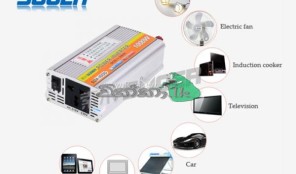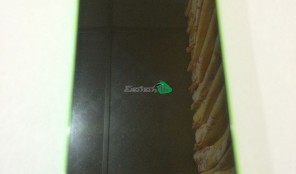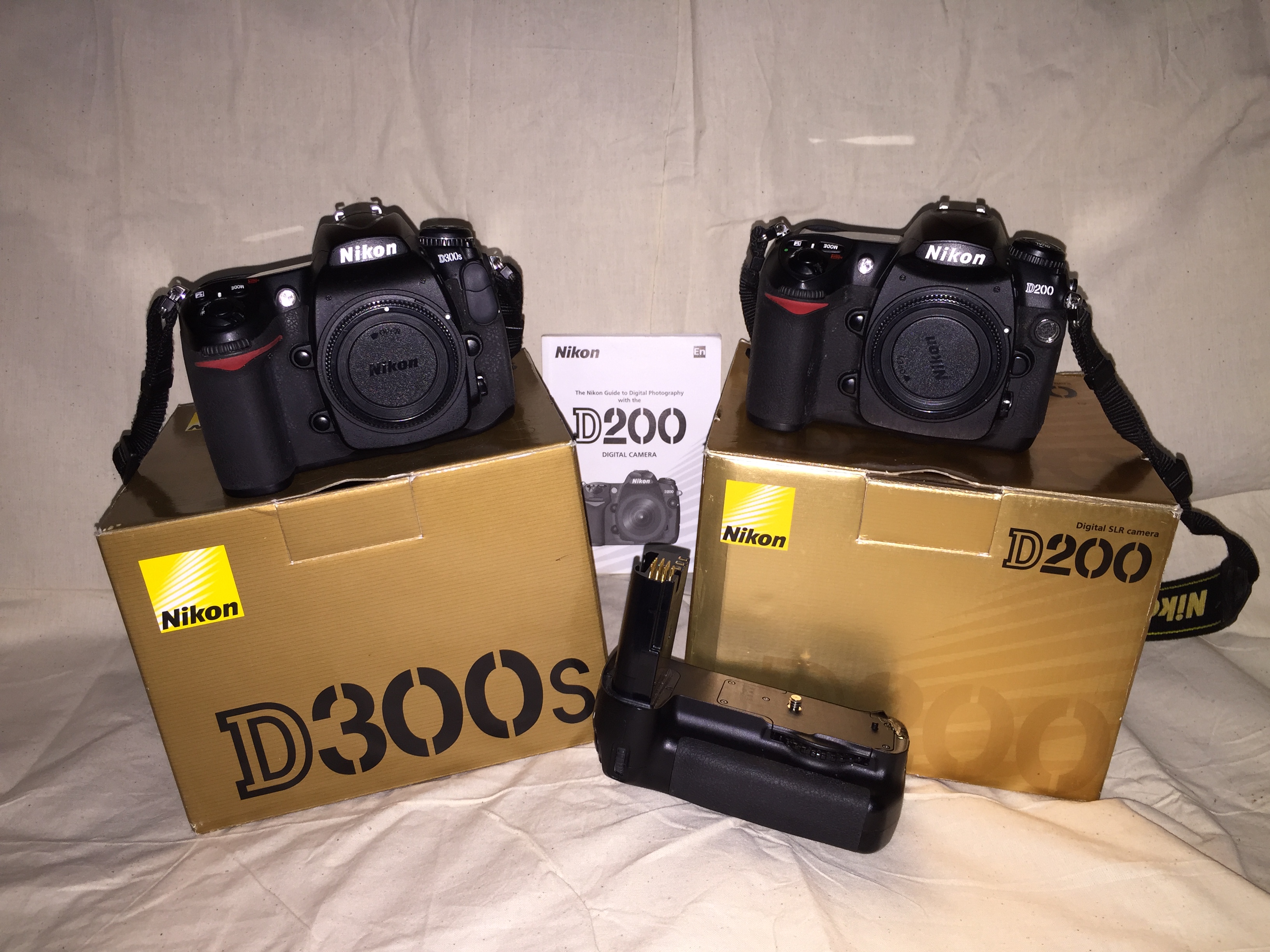The pfSense project is a free network firewall distribution, based on the FreeBSD operating system with a custom kernel and including third party free software packages for additional functionality. Through this package system pfSense software is able to provide most of the functionality of common commercial firewalls, and many times more. It has successfully replaced every big name commercial firewall you can imagine in numerous installations around the world, including Check Point, Cisco PIX, Cisco ASA, Juniper, Sonicwall, Netgear, Watchguard, Astaro, and more.
pfSense software includes a web interface for the configuration of all included components. Unlike some similar GNU/Linux-based firewall distributions, there is no need for any UNIX knowledge, no need to use the command line for anything, and no need to ever manually edit any rule sets. In fact, the majority of pfSense users have never installed or used a stock FreeBSD system. Users familiar with commercial firewalls catch on to the web interface quickly, though there can be a learning curve for users not familiar with commercial-grade firewalls.
Throughput Considerations:
The following guidelines are based on our extensive testing and deployment experience. These guidelines are very conservative for most environments.
Network Card Selection
Selection of network cards (NICs) is often the single most important performance factor in your setup. Inexpensive NICs can saturate your CPU with interrupt handling, causing missed packets and your CPU to be the bottleneck. A quality NIC can substantially increase system throughput. When using pfSense software to protect your wireless network or segment multiple LAN segments, throughput between interfaces becomes more important than throughput to the WAN interface(s).
NICs based on Intel chipsets tend to be the best performing and most reliable when used with pfSense software. By comparison Realtek chipsets perform quite poorly. We therefore strongly recommend purchasing Intel cards, or systems with built-in Intel NICs up to 1Gbps. Above 1Gbps, other factors, and other NIC vendors dominate performance.
CPU Selection
The numbers stated in the following sections can be increased slightly for quality NICs, and decreased (possibly substantially) with low quality NICs. All of the following numbers also assume no packages are installed.
10-20 Mbps : We recommend a modern (less than 4 year old) Intel or AMD CPU clocked at at least 500MHz.
21-100 Mbps : We recommend a modern 1.0 GHz Intel or AMD CPU
101-500 Mbps : Server class hardware with PCI-e network adapters, or newer desktop hardware with PCI-e network adapters. No less than a modern Intel or AMD CPU clocked at 2.0 GHz.
501+ Mbps : Server class hardware with PCI-e network adapters. Multiple cores at > 2.0GHz are required.
Feature Considerations
Most features do not factor into hardware sizing, although a few will have a significant impact on hardware utilization:
VPN – Heavy use of any of the VPN services included in the pfSense software will increase CPU requirements. Encrypting and decrypting traffic is CPU intensive. The number of connections is much less of a concern than the throughput required. AES-NI acceleration of IPsec significantly reduces CPU requirements on platforms that support it.
Captive Portal – While the primary concern is typically throughput, environments with hundreds of simultaneous captive portal users (of which there are many) will require slightly more CPU power than recommended above.
Large State Tables – State table entries require about 1 KB of RAM each. The default state table size is calculated based on 10% of the available RAM in the firewall. For example, a firewall with 1 GB of RAM will default to 100,000 states which when full would use about 100 MB of RAM. For large environments requiring state tables with several hundred thousand connections, or millions of connections, ensure adequate RAM is available.
Packages – Some of the packages increase RAM requirements significantly. Snort and ntop are two that should not be installed on a system with less than 1GB RAM.
ALL and MORE at NO Annual Renewal Cost.
Thought For The Day : Why Pay more for something that is FREE and of Commercial Standards !!!
The above information is published in the pfSense.com site. Please visit pfsense.com or call US (vCube) for a DEMO.







 1000w power inverter
1000w power inverter 
 Apple iphone 5c 8GB Original
Apple iphone 5c 8GB Original  Kia Sorento 2012
Kia Sorento 2012 
 Samsung Note full set Original
Samsung Note full set Original  Nikon D300S Body
Nikon D300S Body 
 Quantity Surveyor – Sri Lanka
Quantity Surveyor – Sri Lanka  House For Sale Baddegama
House For Sale Baddegama  Samsung GALAXY S ll Original
Samsung GALAXY S ll Original  House For Rent Athurugiriya
House For Rent Athurugiriya